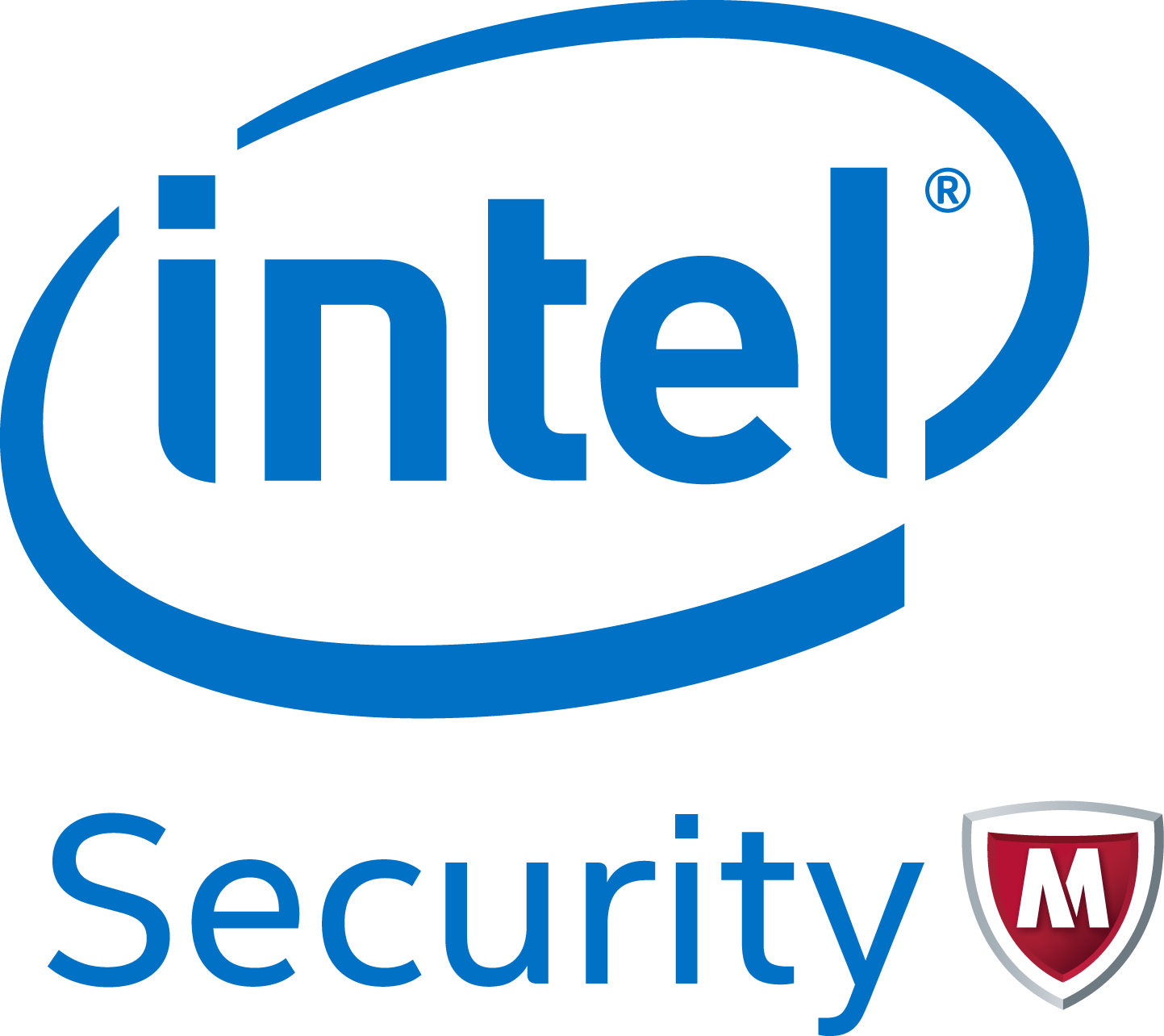Intel Security Predictions Provide Two Valuable Sets of Insights for Organisations Developing Near-Term IT Security Plans and Long-Range Security Strategie
Intel® Security released its McAfee Labs Threats Predictions Report, which predicts key developments on the cyber threat landscape in 2016, and provides unique insights into the expected nature of that landscape through 2020, as well as the IT security industry’s likely response. Reflecting the informed opinions of 33 of Intel Security’s thought leaders, the report examines current trends in cybercrime and makes predictions about what the future may hold for organisations working to keep pace with business and technology opportunities, and the cybercriminals that target them.
“The best hockey players navigate within the ice rink, grapple with opposing players, take advantage of opportunities when available, and, critically, as Wayne Gretzky said, always skate to where the puck is going to be—not where it has been,” said Vincent Weafer, vice president of Intel Security’s McAfee Labs. “To address the business, technology, and threat landscape realities facing them, we must help organisations get to where they need to be, using technologies that will enable and not hinder their businesses, and understand what kinds of threats could be confronting them tomorrow, and far into the future.”
2016 Threat Predictions
The 2016 threat predictions run the gamut of trends, from the likely threats around ransomware, attacks on automobile systems, infrastructure attacks, and the warehousing and sale of stolen data, among other likely issues in 2016:
- Hardware. Attacks on all types of hardware and firmware will likely continue, and the market for tools that make them possible will expand and grow. Virtual machines could be targeted with system firmware rootkits.
- Ransomware. Anonymising networks and payment methods could continue to fuel the major and rapidly growing threat of ransomware. In 2016, greater numbers of inexperienced cybercriminals will leverage ransomware-as-a-service offerings which could further accelerate the growth of ransomware.
- Wearables. Although most wearable devices store a relatively small amount of personal information, wearable platforms could be targeted by cybercriminals working to compromise the smartphones used to manage them. The industry will work to protect potential attack surfaces such as operating system kernels, networking and WiFi software, user interfaces, memory, local files and storage systems, virtual machines, web apps, and access control and security software.
- Attacks through employee systems. Organisations will continue to improve their security postures, implement the latest security technologies, work to hire talented and experienced people, create effective policies, and remain vigilant. Thus, attackers are likely to shift their focus and increasingly attack enterprises through their employees, by targeting, among other things, employees’ relatively insecure home systems to gain access to corporate networks.
- Cloud services. Cybercriminals could seek to exploit weak or ignored corporate security policies established to protect cloud services. Home to an increasing amount of business confidential information, such services, if exploited, could compromise organisational business strategy, company portfolio strategies, next-generation innovations, financials, acquisition and divestiture plans, employee data, and other data.
- Automobiles. Security researchers will continue to focus on potential exploit scenarios for connected automobile systems lacking foundational security capabilities or failing to meet best practice security policies. IT security vendors and automakers will proactively work together to develop guidance, standards, and technical solutions to protect attack surfaces such as vehicle access system engine control units (ECUs), engine and transmission ECUs, advanced driver assistance system ECUs, remote key systems, passive keyless entry, V2X receiver, USBs, OBD IIs, remote link type apps, and smartphone access.
- Warehouses of stolen data. Stolen personally identifiable information sets are being linked together in big data warehouses, making the combined records more valuable to cyber-attackers. The coming year will see the development of an even more robust dark market for stolen personally identifiable information and usernames and passwords.
- Integrity attacks. One of the most significant new attack vectors will be stealthy, selective compromises to the integrity of systems and data. These attacks involve seizing and modifying transactions or data in favor of the perpetrators, such as a malicious party changing the direct deposit settings for a victim’s paychecks and having money deposited into a different account. In 2016, McAfee Labs predicts that we could witness an integrity attack in the financial sector in which millions of pounds could be stolen by cyber thieves.
- Sharing threat intelligence. Threat intelligence sharing among enterprises and security vendors will grow rapidly and mature. Legislative steps may will be taken making it possible for companies and governments to share threat intelligence with government. The development of best practices in this area will accelerate, metrics for success will emerge to quantify protection improvement, and threat intelligence cooperatives between industry vendors will expand.
Predictions through 2020
The five year look ahead attempts to predict how the types of threat actors will change, how attackers’ behaviors and targets will change, and how the industry will meet these challenges over the next five years:
- Below-the-OS attacks. Attackers could look for weaknesses in firmware and hardware as applications and operating systems are hardened against conventional attacks. The lure would be the broad control attackers can potentially gain through these attacks, as they can conceivably access any number of resources and commandeer administration and control capabilities.
- Detection evasion. Attackers will attempt to avoid detection by targeting new attack surfaces, employing sophisticated attack methods, and actively evading security technology. Difficult-to-detect attack styles will include fileless threats, encrypted infiltrations, sandbox evasion malware, exploits of remote shell and remote control protocols, and the aforementioned, below-the-OS attacks targeting and exploiting master boot records (MBR), BIOS, and firmware.
- New devices, new attack surfaces. While there has not yet been a surge in IoT and wearable attacks, by 2020 we may see install bases of these systems reach substantial enough penetration levels that they will attract attackers. Technology vendors and vertical solution providers will work to establish user safety guidance and industry best practices, as well as build security controls into device architectures where appropriate.
- Cyberespionage goes corporate. McAfee Labs predicts that the dark market for malware code and hacking services could enable cyberespionage malware used in public sector and corporate attacks to be used for financial intelligence-gathering and the manipulation of markets in favor of attackers.
- Privacy challenges, opportunities. The volume and value of personal digital data will continue to increase, attracting cyber thieves, and potentially leading to new privacy regulations around the world. Concurrently, individuals will seek and receive compensation for sharing their data, a market will develop around this “value exchange”, and the environment this market shapes could change how individuals and organisations manage digital privacy.
- Security industry response. The security industry will develop more effective tools to detect and correct sophisticated attacks. Behavioral analytics could be developed to detect irregular user activities that might indicate compromised accounts. Shared threat intelligence is likely to deliver faster and better protection of systems. Cloud-integrated security could improve visibility and control. Finally, automated detection and correction technology promises to protect enterprises from the most common attacks, freeing up IT security staff to focus on the most critical security incidents.
“Keeping pace with, anticipating, and preempting adversaries requires that we match the intelligence exchange, cloud computing and delivery power, platform agility, and human resource assets that cybercriminals regularly leverage,” Weafer continued. “To win battles against future threats, organisations must see more, learn more, detect and respond faster, and fully utilise all the technical and human resources at their disposal.”
[su_box title=”About McAfee Labs” style=”noise” box_color=”#336588″] McAfee Labs is the threat research division of Intel Security and one of the world’s leading sources for threat research, threat intelligence, and cybersecurity thought leadership. The McAfee Labs team of more than 400 researchers collects threat data from millions of sensors across key threat vectors—file, web, message, and network. It then performs cross-vector threat correlation analysis and delivers real-time threat intelligence to tightly integrated McAfee endpoint, content, and network security products through its cloud-based McAfee Global Threat Intelligence service. McAfee Labs also develops core threat detection technologies—such as application profiling, and graylist management—that are incorporated into the broadest security product portfolio in the industry.[/su_box]
McAfee Labs is the threat research division of Intel Security and one of the world’s leading sources for threat research, threat intelligence, and cybersecurity thought leadership. The McAfee Labs team of more than 400 researchers collects threat data from millions of sensors across key threat vectors—file, web, message, and network. It then performs cross-vector threat correlation analysis and delivers real-time threat intelligence to tightly integrated McAfee endpoint, content, and network security products through its cloud-based McAfee Global Threat Intelligence service. McAfee Labs also develops core threat detection technologies—such as application profiling, and graylist management—that are incorporated into the broadest security product portfolio in the industry.[/su_box]
[su_box title=”About Intel Security” style=”noise” box_color=”#336588″] McAfee Labs is now part of Intel Security. With its Security Connected strategy, innovative approach to hardware-enhanced security, and unique McAfee Global Threat Intelligence, Intel Security is intensely focused on developing proactive, proven security solutions and services that protect systems, networks, and mobile devices for business and personal use around the world. Intel Security is combining the experience and expertise of McAfee with the innovation and proven performance of Intel to make security an essential ingredient in every architecture and on every computing platform. The mission of Intel Security is to give everyone the confidence to live and work safely and securely in the digital world.[/su_box]
McAfee Labs is now part of Intel Security. With its Security Connected strategy, innovative approach to hardware-enhanced security, and unique McAfee Global Threat Intelligence, Intel Security is intensely focused on developing proactive, proven security solutions and services that protect systems, networks, and mobile devices for business and personal use around the world. Intel Security is combining the experience and expertise of McAfee with the innovation and proven performance of Intel to make security an essential ingredient in every architecture and on every computing platform. The mission of Intel Security is to give everyone the confidence to live and work safely and securely in the digital world.[/su_box]
The opinions expressed in this post belongs to the individual contributors and do not necessarily reflect the views of Information Security Buzz.



